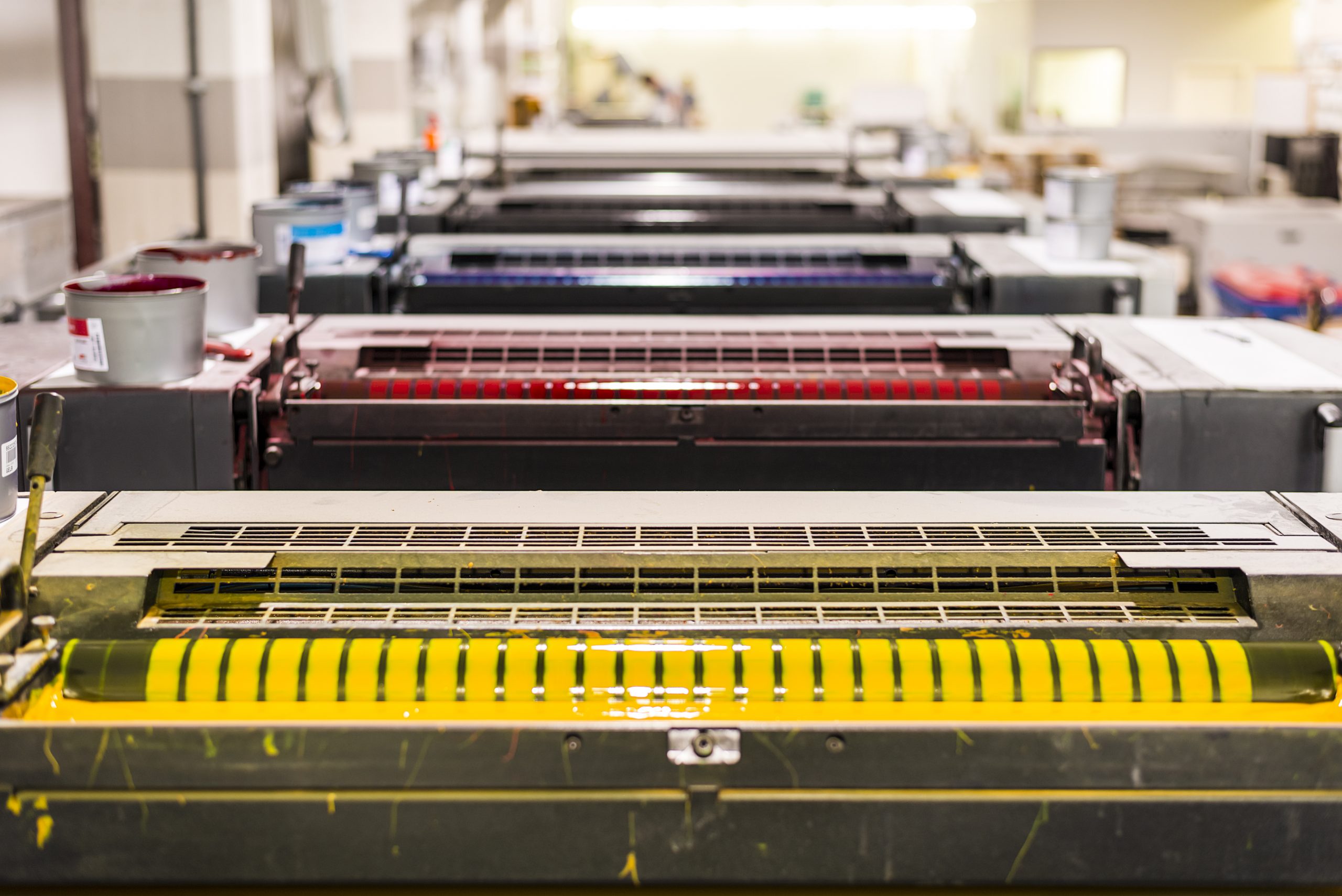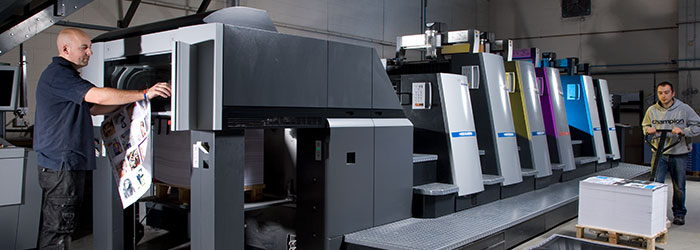Sustainable and Planet-Friendly Options in litho printing
Wiki Article
A Comprehensive Guide to Recognizing Litho Printing Techniques
The world of litho printing, a strategy originating from the late 18th century, is an interesting blend of background, innovation, art and science. This thorough guide will certainly unravel the complexities of this printing approach, from the make-up of litho inks to the obstacles dealt with in contemporary applications. As we venture right into the intricacies of lithography, the value of automation and sustainability in ensuring its future significance comes to be increasingly clear. Stick with us as we journey into the fascinating realm of litho printing.The Historic Evolution of Litho Printing
The historic trajectory of litho printing, a crucial advancement in the realm of communication, is an exciting tale of human ingenuity. The process advanced with the development of the rotating press, which considerably enhanced performance. Each stage of litho printing's advancement showcases humanity's unrelenting search of efficiency and quality in visual communication.Deciphering the Scientific Research Behind Litho Printing Inks
Progressing in the exploration of litho printing techniques, the focus now changes to the science behind litho printing inks. The structure of these inks, their drying out process, and color mixing strategies develop the backbone of this intricate art form. Understanding these elements is critical to grasping the craft and achieving the wanted print results.Make-up of Litho Inks
In lithographic printing, the essential duty of litho inks can not be overstated. The structure of litho inks differs depending upon its objective, yet typically, they contain 2 major parts - cars and pigments. Pigments, the color-providing elements, are carefully ground particles put on hold in the vehicle, a fluid that lugs the pigment onto the printing surface area. The lorry is a complicated combination of resins, solvents, and oils, which affect the ink's drying time, adhesion, and gloss. Additionally, various additives exist to enhance certain residential properties like flow, drying, and resistance to ecological results. Each part plays a critical component in the final print's top quality, making the specific solution of litho inks an intricate science.Ink Drying Refine
From the structure of litho inks, attention transforms to the remarkable process of ink drying. The drying out process is important, as it influences the final print's top quality and longevity. Two main methods are made use of in litho printing: oxidative drying and absorption. Oxidative drying includes the ink reacting with oxygen in the air to develop a hard, completely dry movie. This method provides a resilient finish, yet can be slower contrasted to absorption. Absorption, on the other hand, involves the ink seeping into the paper fibers, which is a faster process but can result in less dynamic colors. The choice in between these approaches depends on elements such as print speed requirements, the paper kind used, and the wanted finish.Shade Mixing Strategies
While the drying process plays a vital function in litho printing, the scientific research of color blending methods holds equal significance. The scientific research behind litho printing inks additionally takes into account the transparency of the ink, which affects how shades overlay and mix.The Art and Layout Components in Litho Printing
Litho printing breathes life right into art and design with its special elements. The process includes developing an image on a lithographic limestone plate or steel plate with a smooth surface area. The picture is then published onto a medium, typically paper, by moving the ink from home plate. What collections litho publishing apart is its capacity to replicate intricate designs with high fidelity, making the output virtually similar to the original artwork. This is accomplished with making use of various line methods such as hatching, cross-hatching, and stippling, which permit for a variety of tonal results. Moreover, litho printing suits a range of colors, making it possible for musicians to produce vibrant and dynamic prints. This mix of accuracy and versatility makes litho printing a recommended selection for several musicians and developers.Modern Applications of Litho Printing Techniques
Litho printing methods have located comprehensive use in the modern business sector. Its impact and learn the facts here now value remain to expand with the advent of brand-new advancements and modern technologies in the field. This section will certainly discover these modern applications and the transformative function they play in the printing sector.
Industrial Litho Printing Utilizes
Litho printing remains a crucial part of the business sector. High-volume printing tasks, such as the production of books, newspapers, and packaging, count on litho printing for its capability to deliver remarkable photo quality and cost efficiency. Litho printing additionally gives a wide shade spectrum, exceptional to that of electronic printing.Technologies in Litho Printing
Pushing the boundaries of traditional methods, modern improvements have actually fueled a host of innovations in litho printing. One famous development is electronic litho printing, which combines the virtues of electronic technology with litho's high-grade outcome. These technologies emphasize the long-lasting significance of litho printing in the modern globe.Checking out the Process of Litho Printing: Detailed

Obstacles and Solutions in Contemporary Litho Printing

In spite of the precision and tradition that litho printing happily supports, it is not without its set of modern challenges. The most widespread issues consist of the high first setup expense, trouble in printing variable information, and ecological concerns because of chemical use. Options are arising as modern technology evolves. Digital litho printing enables affordable short runs and simple personalization, dealing with the concern of variable information. Environmentally-friendly inks and more secure plate-making procedures minimize environmental issues. Additionally, advancements in automation have actually minimized labor expenses, better democratizing the lithography process. Thus, while there are challenges, the litho printing sector is proactively adjusting to satisfy them head-on, ensuring its significance in the future.
Final thought
To conclude, litho printing, with its rich history and scientific intricacies, holds a substantial area in the print market. As the overview reveals, it's a synthesis of art and technology, with modern-day innovations guaranteeing its importance. The industry deals with difficulties that call for ingenious options, with an emphasis on automation and sustainability. The future of litho printing depends upon its capability to adapt to these transforming needs, affirming its long-lasting value in an evolving market.
Report this wiki page